Description
In the tradition of Bury My Heart at Wounded Knee, a stunningly vivid historical account of the forty-year battle between Comanche Indians and white settlers for control of the American West, centering on Quanah, the greatest Comanche chief of them all. S. C. Gwynne’s Empire of the Summer Moon spans two astonishing stories. The first traces the rise and fall of the Comanches, the most powerful Indian tribe in American history. The second entails one of the most remarkable narratives ever to come out of the Old West: the epic saga of the pioneer woman Cynthia Ann Parker and her mixed-blood son Quanah, who became the last and greatest chief of the Comanches. Although readers may be more familiar with the tribal names Apache and Sioux, it was in fact the legendary fighting ability of the Comanches that determined just how and when the American West opened up. Comanche boys became adept bareback riders by age six, full Comanche braves were considered the best horsemen who ever rode. They were so masterful at war and so skillful with their arrows and lances that they stopped the northern drive of colonial Spain from Mexico and halted the French expansion westward from Louisiana. White settlers arriving in Texas from the eastern United States were surprised to find the frontier being rolled backward by Comanches incensed by the invasion of their tribal lands. So effective were the Comanches that they forced the creation of the Texas Rangers and account for the advent of the new weapon specifically designed to fight them: the six-gun. The war with the Comanches lasted four decades, in effect holding up the development of the new American nation. Gwynne’s exhilarating account delivers a sweeping narrative that encompasses Spanish colonialism, the Civil War, the destruction of the buffalo herds, and the arrival of the railroads—a historical feast for anyone interested in how the United States came into being. Against this backdrop Gwynne presents the compelling drama of Cynthia Ann Parker, a lovely nine-year-old girl with cornflower-blue eyes who was kidnapped by Comanches from the far Texas frontier in 1836. She grew to love her captors and became infamous as the “White Squaw” who refused to return until her tragic capture by Texas Rangers in 1860. More famous still was her son Quanah, a warrior who was never defeated and whose guerrilla wars in the Texas Panhandle made him a legend. S. C. Gwynne’s account of these events is meticulously researched, intellectually provocative, and, above all, thrillingly told. Empire of the Summer Moon announces him as a major new writer of American history.
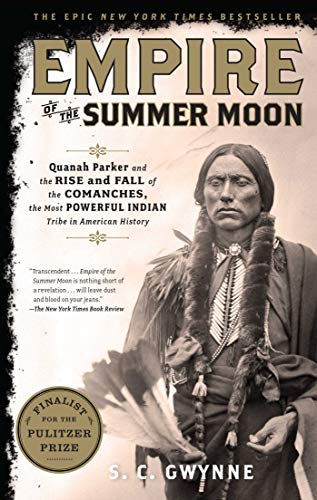




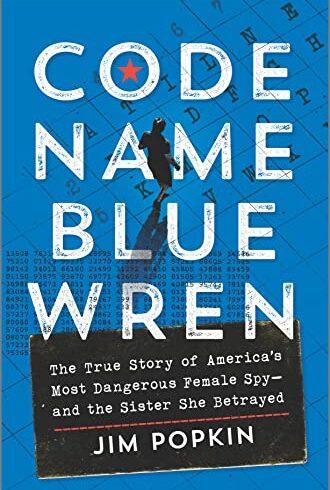
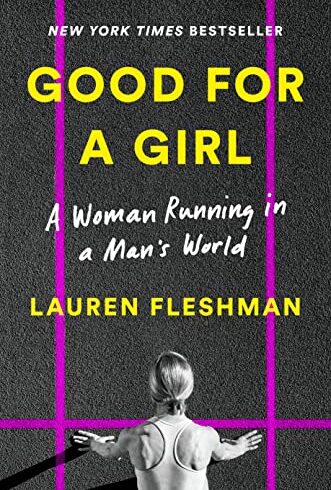

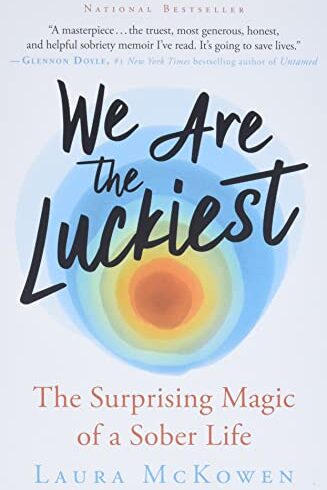

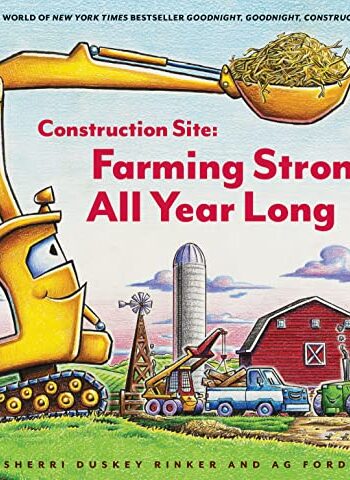
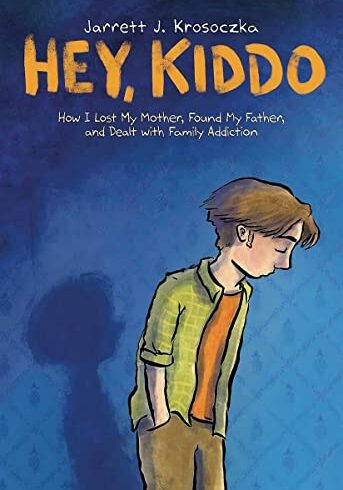
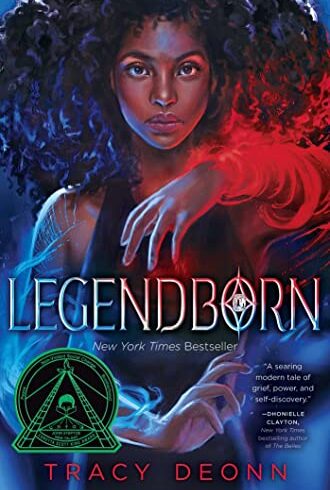




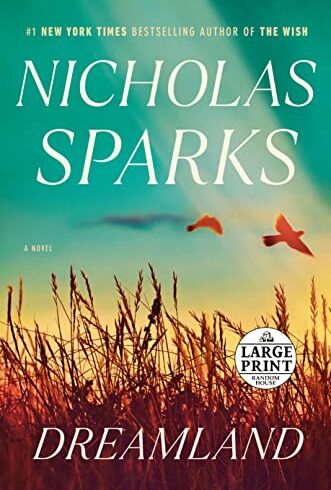

Bruce Roeder –
A few months ago I watched the prequel to the Lonesome Dove series. I would rate the three part series 3 out of 5 stars. It wasn’t great, but it was good enough to watch all three episodes., One of the things I look for in a series like that is how historical is it. Since much of the series dealt with the Texas Rangers, pre-Civil War, and their interactions with the Comanches (and Mexican bandits) I have to admit that I knew little., So, I was surprised when the Comanche chief (played by Wes Studi and one of the most interesting of the characters in the series) Buffalo Hump gathered together a large Comanche force and attacked Austin, Texas! Since I’d never heard of this I did a little research to see if it really happened., What I found was a reference to Empire of the Summer Moon-Quanah Parker and the Rise and Fall of the Comanches the most Powerful Indian Tribe in American History by S.C. Gwynne. I bought it and frankly had a hard time putting it down., Quanah Parker is the thread that the book revolves around but the book is about much more than that., The backdrop is what the author refers to as Comancheria, an area encompassing modern Texas, Oklahoma, parts of New Mexico, parts of Old Mexico, southern Colorado and southern Kansas. At the height of Comancheria (1836) approximately 20,000 Comanches in five major bands roamed free in their empire victimizing their neighbors, the Apaches, the Utes, the Navahos and any other tribe within range (except the Kiowa who were in alliance with the Comanche) as well as the Mexicans and Texans., Gwynne is an exceptional writer and he tells their story well, detailing the formidable military power the Comanches were and how they achieved that status. One US military observer rated the Comanche horse warriors as the finest light cavalry in the world and Gwynn gives the reader plenty of examples to make the case., We tend to think that the Texans and Mexicans would have had an advantage with their gun powder weapons over the Comanches with their bows and arrows. Prior to the advent of repeating rifles, post-Civil War this simply was not true., Pre-Civil War weapons were single-shot muzzle loading weapons that took time to reload, a difficult thing to do mounted in the middle of a battle. It was so difficult that the Texans who fought the Comanches probably the most often, fought dismounted, a serious mistake against Comanches who were excellent horse archers and could get off five arrows to a Texan’s single shot., After giving the reader the fascinating background of the Comanche, Gwynne begins to weave the story of the Parkers into the bigger story of the Comanche Empire of the Summer Moon. (Summer Moon refers to the Comanche habit of raiding in the summer by the light of the moon. The term “Comanche Moon” is still used in Texas to describe a bright summer moon.), Back in 1836, shortly after the famous Battle of the Alamo during the Texas War of Independence against Mexico, the Parker family moved to the frontier fringes of civilization. They built a family fort in Comancheria which was a direct challenge to the warlike Comanches., The fort was certainly a good idea because it negated the Comanches mobility and Comanches would rarely attack a fixed position held by determined men whose long range rifles had the advantage., Well, on May 19th, 1836, ten of the sixteen men of the Parker clan were out in the cornfields. Eight women and nine children were inside the fort, but the armored gate was left wide-open. The remaining men were unarmed. Clearly, the Parkers, despite the fact they built a fort perceived little danger. They were horribly wrong despite the fact that the Comanches were known to be raiding near-by., On the morning of the 19th a large band of Comanches rode up to the fort. Rachel Parker, age seventeen, guessed they were “friendlies” another bad mistake, common enough though since telling one Indian from another must have been a challenge. It was probably safer to pray for the best but arm yourself for the worst until you knew for certain what you were up against., The raiding party consisted of Comanches and Kiowas and into this large group of fierce warriors walked Ben Parker, one of the six men in the fort. Ben was certainly brave, but also foolhardy., The raiders said they wanted a cow to slaughter and directions to a water hole even though their mounts were dripping wet clearly indicating the Indians knew exactly where they were. Ben said no to the cow offering instead other food. Remarkably, Ben went back into the fort and spoke to his brother Silas about how ridiculous the Comanches demands were regarding the water hole. Even more remarkably Ben gathered up some supplies and went back out to give them to the raiders even though Silas warned against it!, Silas was on to something and some of the Parker clan but not all tried to make a get-a-way while the remaining men (not all) decided to make a stand although not a not a one was armed at the time., Ben Parker meanwhile was surrounded by the Comanches and horribly killed probably scalped while still alive. Silas would die too as would others in the ensuing chaos., This was only the beginning of the horrors inflicted on the Parkers., Gwynne does not pull any punches when he describes what happens to victims of the Comanches nor what the Texans did to Comanches once the tide of war began to turn. To say that frontier warfare was brutal is to understate just how brutal., The Comanche culture dictated brutality to captives (most of horse tribes were the same but Comanches were among the worse of the worst). They tortured the captive men to death, killed babies that cried too much and gang-raped captive women, sometimes to death, although they frequently made women and older children captive. They had been doing this for years and their targets more often than not were other Indians, notably the Lipan Apaches who they nearly exterminated. What happened to the Parkers was par for the course and as barbaric as what the Comanches practiced on fellow Indians (and they on them when they had the chance)., Cynthia Ann Parker was a nine-year-old girl who was taken captive at the raid. She witnessed all that happened to her family. Cynthia Ann would spend the next twenty-four years as a Comanche eventually becoming a wife of a Comanche war chief. She would give birth to three children, one of whom was Quanah Parker, a half-breed who would rank along with Sitting Bull, Red Cloud, Crazy Horse and Geronimo as one the Indians who gave the US Army the hardest time in the 1870’s., Cynthia was “rescued” in 1860 as the tide began to turn against the Comanches. But the fact is, by then, she did not want to be rescued and her story became a double-tragedy as she is forced to live among the whites and the culture she had long forgot., Quanah was twelve when his mother was “rescued” and father killed. His rise to war chief among the Comanches was remarkable for the fact he was a half-breed and after his father was killed a no-body among his band, the Quahadi Comanches (the word Comanche means “people”)., Quanah was whatever else one might say about him was courageous, had a mind for strategy and tactics and as it turns out in the story a pretty savvy pragmatist and successful business man once the Comanches were forced to the reservation in present day Oklahoma., To say any more about this book would only serve as a spoiler and I don’t want to do that., I thought I knew something about the Indian Wars but Empire of the Summer Moon opened my eyes to much. The book is rich in detail and packed with human interest stories regarding all the major players and many minor ones as well. The amount of research the author did was massive as the bibliography illustrates., As for Buffalo Hump and the raid on Austin, it never happened., What did happen is that Buffalo Hump a chief among the Comanches did mange to assemble a rather large “army” of Comanches. The raid that Buffalo Hump led is known in Texas as the Great Linville Raid and it took place in 1840., Buffalo Hump had a vision of driving the Texans into the sea. He led a force of 1,000 Comanches south of San Antonio killing and looting along the river lines that led to the Gulf of Mexico. The river part is in the TV series. In the TV series the town being destroyed by the rampaging Comanches is Austin, but historically it’s probably Victoria and/or Linville., The Comanches rode through the surprised town of Victoria first, killed at least a dozen people before being driven off by rifle fire. Instead of closing in for the kill immediately which they could have done, the Comanches settled for looting concentrating on the horses and mules, the criteria for wealth among the Comanches. The Comanches did attack again but the delay had given the residents time to build barricades turning the town into a fort and thus discouraging the Comanches from getting to close to the long rifles of the Texans., The Comanches departed with two thousand horses and a young black girl who presumably became part of the tribe like Cynthia Ann had four years earlier., The Comanches continued their ride of terror, following Buffalo Hump’s vision all the way to the sea and small town of Linville on the coast., The town’s residents panicked (rightly so) and fled to boats in the harbor but not all got away. The usual was the killing of all the men and the gang-raping of all captive women., While the residents fled the Comanches discovered the town’s warehouses and that’s when the real looting took place. They took all they could carry of the white man’s goods and then burned the town as the sea-borne residents watched helplessly. The town would never be rebuilt., Buffalo Hump then lost control of his “army.” The fact of the matter is the Comanches were always, in those days, more interested in raiding and loot, than driving the Texans into the sea. It wasn’t until much later than some of the Comanches realized they were in a fight for survival and a fight to keep to the old ways., So, at this point, the Comanches decided to pack it in a return to their sanctuaries and cash in on the loot something they always had done primarily with the Comancheros of New Mexico., They were dogged all the way back by the aroused Texas militia fighting the Battle of Plum Creek along the way. Among the pursuers were some Texas Rangers and after a war chief was killed the mounted Texans actually charged the Comanches rather than fight in the old dismounted fashion. This began a shift in the tactics of fighting of Comanches. The advent of the Colt revolver by the time of the Mexican War (1846-48) that the Texas Rangers would purchase in quantity (the US Army would not, rather shortsightedly) would eventually shift the balance of military power into the hands of the Texans. The repeating rifle (the Henry and Spencer would seal the deal by 1866)., The raid was however, from the Comanche point-of-view a success. Only a few hundred head of horses were recovered., Comanche raids would continue until 1874, many led in the later years by Quanah Parker. Quanah was eventually beaten by Ranald S. Mackenzie, a contemporary of George Armstrong Custer. Ironically, Custer would become famous for losing the biggest disaster on the plains and Mackenize would be forgotten for being the most successful of the Generals who fought the plains tribes., This book is history how it’s meant to be written., Empire of the Summer Moon, Quanah Parker and the Rise and Fall of the Comanches, the most Powerful Indian Tribe in American History, By S.C. Gwynne (Scribner, 2010), Twenty-two chapters, 371 pages including notes, bibliography and index
Jeff –
The relationship between Native American tribes in the American West changed dramatically in the 17th Century with the rise of the Comanche. Prior to the Spanish colonization of Mexico, horses were unknown in the Americas. Over time horses that escaped Spanish farms and missions or were abandoned from expeditions began to breed and flourish in the high grasslands to the east and south of the Rocky Mountains. Although most tribes learned to domesticate horses, utilizing them for transportation, the Comanche learned to fight from the horses. Their strategy changed the power structure as a formerly non-important band of Native Americans began expanding their territory in what is now Texas, along with parts of Oklahoma, eastern Colorado and northern New Mexico. They pushed out Sioux, Paiute, Apaches and other tribes and their fierceness keep the Spanish and later the Mexicans from their territory. This book tells their story along with the story of early Texas history., After independence from Spain, the Mexican government found itself at struggling with its northern territories. Its missions in Texas were often being attacked by Comanche raiding parties, which eventually led to the Mexicans inviting American farmers into the area in hopes that they might create a buffer from the Comanche. What happened, instead, is that the Americans would seek and eventually gain independence from Mexico and form a new country, Texas, which then had to deal with the Comanche problem., The Comanche were a warring tribe. Their life consisted of raids, buffalo and horses. They did not settle into permanent villages but constantly moved. Unlike their northern neighbors, the Sioux and Cheyenne, the Comanche didn’t wear colorful bonnets of feathers, preferring a cap with buffalo horns. The women did the hard work, setting up camp and cooking and preparing the killed buffalo. The men were warriors and were fierce. They were brutal to their captives, whether from another tribe or Anglo-settlers, often torturing both men and women. Sometimes children would be spared and brought into the tribe, especially because the low birthrate among Comanche women (which probably came from their constant time on horses), but children of enemies were also often killed., Gwynne tells the story of the rise and fall of the Comanche by framing it around the Parkers, an early Texas family that set up a settlement in West Texas adjacent to Comanche territory. In the middle of a day in 1836, while the men were in the fields, a band of Comanche approached their homestead. At first they seemed friendly, then they began to kill and took as captives several women and children. One of the girls was Cynthia, who was nine. She witnessed the murder, rape and torture of several other family members. She would grow up among the Comanche and eventually marry one of the leading warriors. Their son (a half-bred), would be the last great warrior of the Comanche and the only Comanche to be chief over the whole tribe (the Comanche tended not to have a hierarchical structure as they lived in bands and when someone wanted to lead a “war party” he would recruit from the various bands enough warriors who would look to his leadership for that event)., Later, Cynthia and her Native American daughter would be recaptured, but she never fully integrated back into American culture. The author points out that she had the misfortune to be “adopted” into two different cultures that were alien to what she knew (first into the Comanche life when she was nine and later back into a culture in which she’d forgotten when she was an adult)., In addition to the Parker family, the book focuses on Cynthia’s son, Quanah. He led the last of the war parties and, when he realized that he could never hold back the white settlers and with the buffalo gone, led the tribe into a treaty. While on the reservation, he made a good life for himself as he raised cattle, but he was also very generous and when he died wasn’t wealthy. He was also a showman who enjoyed hosting guests to his home, which was quite the change from the young warrior that was feared by the U. S. Army along with other tribes., Gwynne makes that case that technology eventually bought about the Comanche downfall. While the Mexicans and early American settlers tried to fight with muskets and long rifles, these were not very good weapons for close combat with a mounted enemy. The Comanche warrior could shot 30 arrows in the time a person could reload a musket. But just like the horse gave them an advantage over other tribes, the use of repeating pistols and rifles brought an advantage first to the Texas rangers (who fought like the Comanche, from the saddle) and later to the United States Army. He also notes that the Comanche downfall was inevitable as their warrior culture wasn’t adaptable in a changing world., The two key groups at keeping the Comanche in check according to Gwynne were the Texas Rangers (who fought like the Comanche) and Ranald Slidell MacKenzie. MacKenzie, an army general, was much more successful but less known than Custer, another graduate from his era at West Point. Sadly, after serving on posts in the West, he ended his life in a mental institute., This was a fast read. Gwynne is a journalist and his writing reflects his ability to tell a story. Some of the parts about the Comanche treatment of captives may cause the squeamish nightmares, but overall I found the book fascinating.
Mark Perez –
This is my fav non fiction book in recent memory. Well written and entertaining. And I learned so much about the old west.
Kyle –
If you love learning about US History more specifically Indian history as it conflicted with manifest destiny this a amazing book